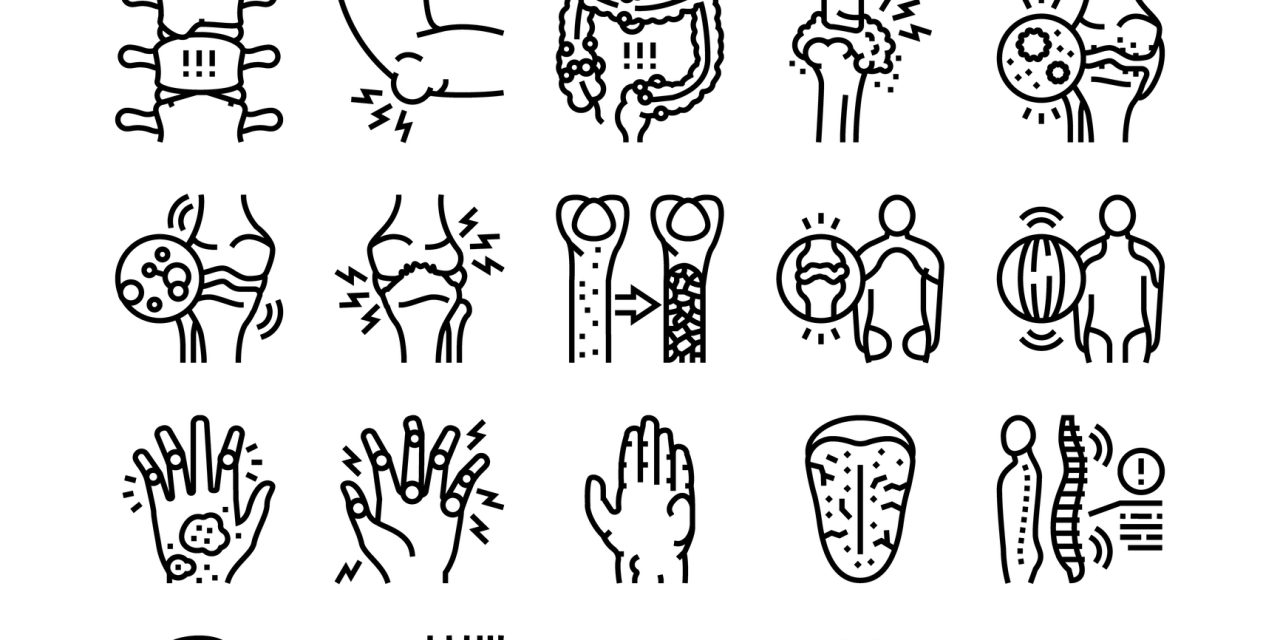Recently, temporary bridge plate fixation has gained popularity in the treatment of unstable Lisfranc injuries. The technique aims to reduce the risk of posttraumatic osteoarthritis, and after plate removal, the goal is to regain joint mobility. Here we explore marker-based radiostereometric analysis (RSA) to measure motion in the 1st tarsometatarsal (TMT) joint and asses the radiological outcome in patients treated with this surgical technique.
Ten patients with an unstable Lisfranc injury were included. All were treated with a dorsal bridge plate over the 1st TMT joint and primary arthrodesis of the 2nd and 3rd TMT joints. The plate was removed four months postoperatively. Non- and weight-bearing RSA images were obtained one and five years postinjury to assess joint mobility and signs of osteoarthritis.
Detectable 1st TMT joint motion was observed in 2/10 patients after one year, and 6/9 patients after five years. At the final follow-up, mean 1st TMT dorsiflexion was 2.0°. Radiologically, the incidence of posttraumatic osteoarthritis was present in 4/10 patients after one year, and 5/9 patients after five years. All patients had observed TMT joint stability throughout the follow-up period.
Preservation of joint motion can be achieved with a temporary bridge plate fixation over the 1st TMT joint.
Prospective cohort study/Therapeutically level IV.
Copyright © 2022 The Authors. Published by Elsevier Ltd.. All rights reserved.
Does temporary bridge plate fixation preserve joint motion after an unstable Lisfranc injury?


